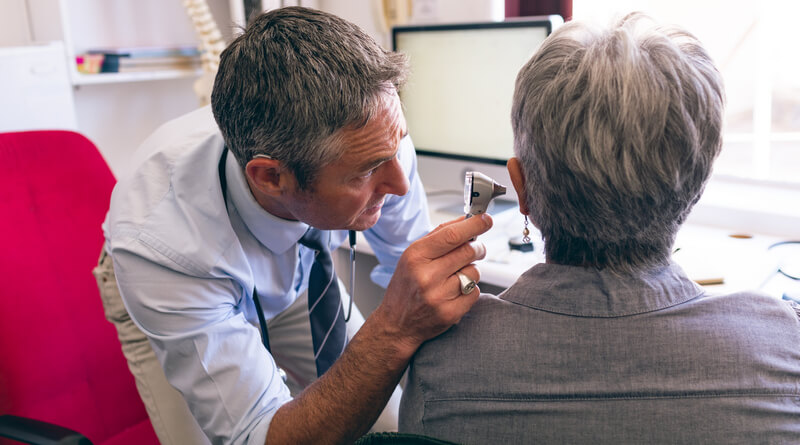According to recent studies, it is expected that Medicare’s projected spending will be well over $1.5 trillion by the year 2028 – that is more than double what the value was just two years ago! All Medicare asks from ACOs are better patient outcomes.
Many ACOs have already reduced costs and thus saved Medicare approximately $1 billion during 2013-2015. Not only did they reduce costs, but they also improved quality across the majority of the metrics required by Medicare. These exemplary ACOs depended on primary care visits, which they used to reduce ER visits and in turn, cut costs by around $700 per patient.
Some of the strategies which ACOs can follow to improve their healthcare spending patterns and generate better patient outcomes are:
Collaborate with the physicians they work with
ACOs highlighted the fact that one of the ways to enhance the quality of healthcare as well as reduce the costs was to work closely with the assigned physicians. They also stated that these physicians are usually ordering services like lab tests for the patients or referring to other specialists without keeping the costs in check, and may inadvertently end up incurring more costs than necessary. However, if the physicians and ACOs collaborated frequently, the former can make informed decisions regarding the costs which will be beneficial for both the patients as well as the ACOs by reducing costs while keeping quality in check. Other than that, the physicians have to be busy with administrative issues, which can be quite hectic for them, which causes them to focus more on these tedious tasks rather than focusing on the patients. ACOs can collaborate with the physicians regarding these issues, as well, to reduce the time spent on such matters and focus more on the patients instead.
Encourage the patients to take initiatives regarding their health
A common yet effective strategy used not only by ACOs but by any health system is to encourage their patients to take charge of their health and adopt a better, more active lifestyle. However, ACOs are reporting that this can be quite challenging, especially if there are multiple physicians which is common in ACOs. What ACOs can do is adopt the strategy used by conventional health systems – use patient engagement apps like CircleCare. It has all the necessary features required for active patient engagement. Patients can track not only their steps but also keep track of their blood pressure, blood glucose level, schedule medicine reminders, and so on. It helps patients to maintain even the most complex medication routines as well as encourages them to lead a healthier lifestyle. However, these are not the only features of such apps, as will be explored further down the line.

Emphasize on patients requiring extra care
Care coordinators are professionals who are entrusted to make sure that the patients requiring extra care receive it, especially when they are discharged along with their proper medication as well as necessary materials. Nearly all the ACOs utilize such personnel who even help schedule follow-ups. However, ACOs can also use CircleCare in this context for better care, since these apps help patients and these caregivers to stay connected and exchange health information easily, perhaps about minor complications and so on.
Reduce ER visits and readmission rates
Most ACOs face the problems of ER (emergency room) visits which in turn generate hospital readmissions, many of which are preventable. However, it is notably more of a concern for ACOs since they are fined based on the readmission rates. One strategy ACOs can use is providing digital solutions to patients such as patient engagement apps like CircleCare. Since these apps push the patients to be physically active, these can create better patient outcomes – the more active the patient, the healthier they will be. Also, since these apps have two-way communication facilities, they can contact their physicians regarding any minor health issues and resolve them outside the ACO premises, thus, reducing ER visits.
Enhance patient identification and data sharing
Patient identification is one of the major problems of the US healthcare system, and it is a massive concern for ACOs as well – they need to share patient data among themselves, and the data needs to be as immaculate and consistent as possible. Thus, ACOs can overcome the issues with conventional EHRs by using biometric patient identification solutions like RightPatient. It uses iris scanning to accurately identify the patients and match them with their appropriate records within seconds. This will improve the match rates as well as enhance the patient experience along with data sharing, which are all must-have features for any ACO as these lead to better patient outcomes.
Make sure medication adherence among patients is present
According to statistics, two-thirds of the prescribed patients are non-adherent regarding their medications. This generates 50% of treatment failures, causing up to 125,000 preventable deaths per year in the US. These could have been prevented if the patients were adherent to their medications, and for that, CircleCare is the perfect solution. Its medicine reminder makes medication adherence as easy as it gets – the patients using the app can set the type, color, look, frequency, dosage, starting/ending date, and duration through an intuitive yet simple interface. Even the most complex regimens become manageable due to CircleCare, ensuring medication adherence and thus fewer ER visits for ACOs.
Ensure patient education is provided
Patient education is another problem which generates frequent ER visits as well as hospital readmissions. Most patients have minimal knowledge regarding their health – 50% of them experience difficulty in understanding as well as using health information and 40% of them do not remember most of the information in the first place. CircleCare provides meaningful and easy to understand information for patients, customized according to their health conditions so that they can receive the latest knowledge regarding their health and make informed decisions if required. Moreover, it also provides general health tips regarding food and physical activities, which can help patients follow those tips for a better lifestyle and better patient outcomes.


























